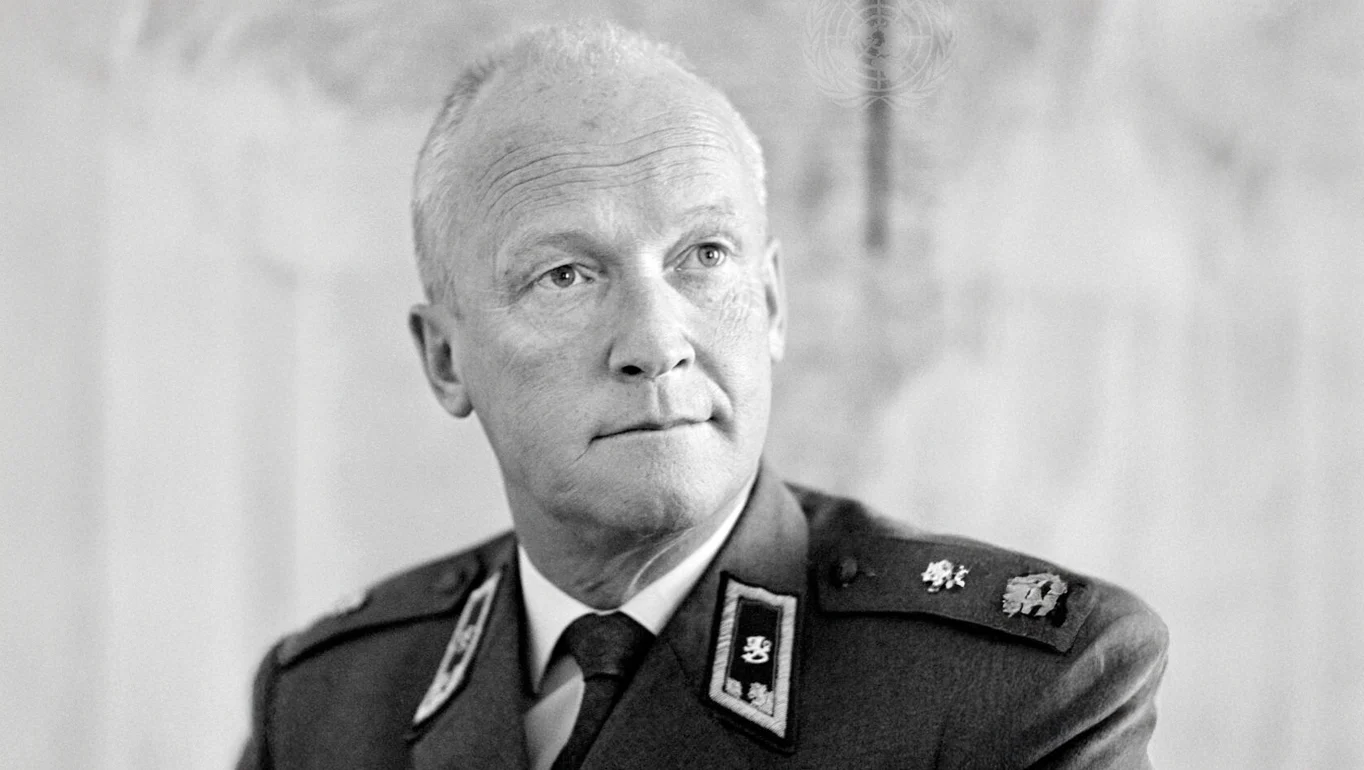While the United Nations has confronted crises on every continent, few have been as protracted and politically charged as the Arab–Israeli conflict.
In 2017, I set out to study its history, to gain a sharper insight into the evolution of the UN itself.
I pursued this research as part of my PhD at Leiden University while working at UNU. Balancing academic inquiry with the responsibilities of a UN official shaped my perspective: I was not only reconstructing the UN’s past in the Middle East but also reflecting on how its history could inform the institution I serve today.
Answering whether the UN made a meaningful, positive contribution required more than policy papers and memoirs. It meant going to the source.
I spent long days in New York, immersed in the Archives and Records Management Section (ARMS), trawling through mission reports, field cables, and yellowing transcripts. For anyone who has worked in or around the UN, ARMS is a hidden treasure trove.
The experience was transformative. The shelves of ARMS are lined with the quiet voices of those who worked tirelessly in the field, often in anonymity. They revealed that the UN was not just debating in New York or Geneva but also improvising, negotiating, and innovating in real time under immense pressure.
A forgotten peacekeeper
One of the figures who emerged from my research was Lieutenant General Ensio Siilasvuo of Finland. He is rarely remembered today, yet his career illustrates the operational creativity of the UN in the 1970s.
Siilasvuo began in Jerusalem with the UN Truce Supervision Organization (UNTSO). By 1973, in the chaos of the Yom Kippur War, he was dispatched to Ismailia to lead the UN Emergency Force (UNEF). From there, he orchestrated some of the earliest disengagement talks between Israel and Egypt, not through grand speeches or dramatic breakthroughs, but through meticulous, practical negotiation.
As his role grew, Siilasvuo encouraged a practice that deserves more recognition: inter-operation collaboration between peacekeeping missions. UNTSO, UNEF, and later the United Nations Disengagement Observer Force (UNDOF) coordinated closely, redeploying assets and supporting one another in administration and logistics. This was not glamorous work, but it proved decisive. When the United Nations Interim Force in Lebanon (UNIFIL) was created in 1978, the UN could get “boots on the ground” so quickly because of the logistical frameworks and habits of cooperation that Siilasvuo had built across missions.
By the late 1970s, Siilasvuo was appointed Chief Coordinator of UN Peacekeeping in the Middle East, Under-Secretary-General. He became the operational focal point for Sir Brian Urquhart and the Secretary-General himself. What made him unusual—and ahead of his time—was that he was as much a diplomat as a soldier. He built relationships on the ground with Israelis, Egyptians, and Syrians that New York could then leverage when needed.
In this sense, he was one of the first Force Commanders to play equal parts diplomacy and equal parts military affairs.
The UN did not get credit for this quiet operational diplomacy, and Siilasvuo’s name never entered the canon of Middle East diplomacy. But in the archives, his work comes alive: cables written in haste, notes of tense meetings, and pragmatic proposals that helped prevent escalation.
The lesson is clear. The UN has been at its most valuable in passing resolutions and empowering individuals on the ground who built trust, defused crises, and created the space for political leaders to act.
The challenge of preserving today’s UN
If the archives of the 1970s helped me answer my historical question, they also left me concerned for the future.
Much of today’s UN business is conducted on WhatsApp, Signal, Teams, and other digital platforms. While agencies and the Secretariat have taken important steps to safeguard institutional memory, too many insightful decisions and decision-making processes will be lost when staff use personal phones or informal channels.
Our archiving policy has to adapt to the digital age. We need to think outside the box about preserving today’s UN’s record—because tomorrow’s historians, policymakers, and staff will need to understand not just what decisions were made, but how they were reached.
We are living through a structural crisis: an erosion of confidence in multilateral institutions, rising geopolitical fragmentation, and simultaneous emergencies that stretch from humanitarian crises to climate change to war. In such times, history is not a luxury. It is a guide.
The history of the UN reminds us that the organization has navigated existential crises before and has adapted, often imperfectly, but always creatively.
Looking forward
The UN will be judged by how it adapts to the present crises. However, part of that adaptation must include preserving the institutional memory of today. ARMS and other archival offices need support, investment, and recognition so that the future UN can learn from today’s UN.
As the UN approaches its 80th anniversary, we should not just look forward. We should also look back—with curiosity, respect, and conviction that the quiet voices in the archives still have something to teach us.
Because the UN’s history is not finished. It is still being written, one negotiation, one peacekeeping patrol, one quiet act of diplomacy at a time.



